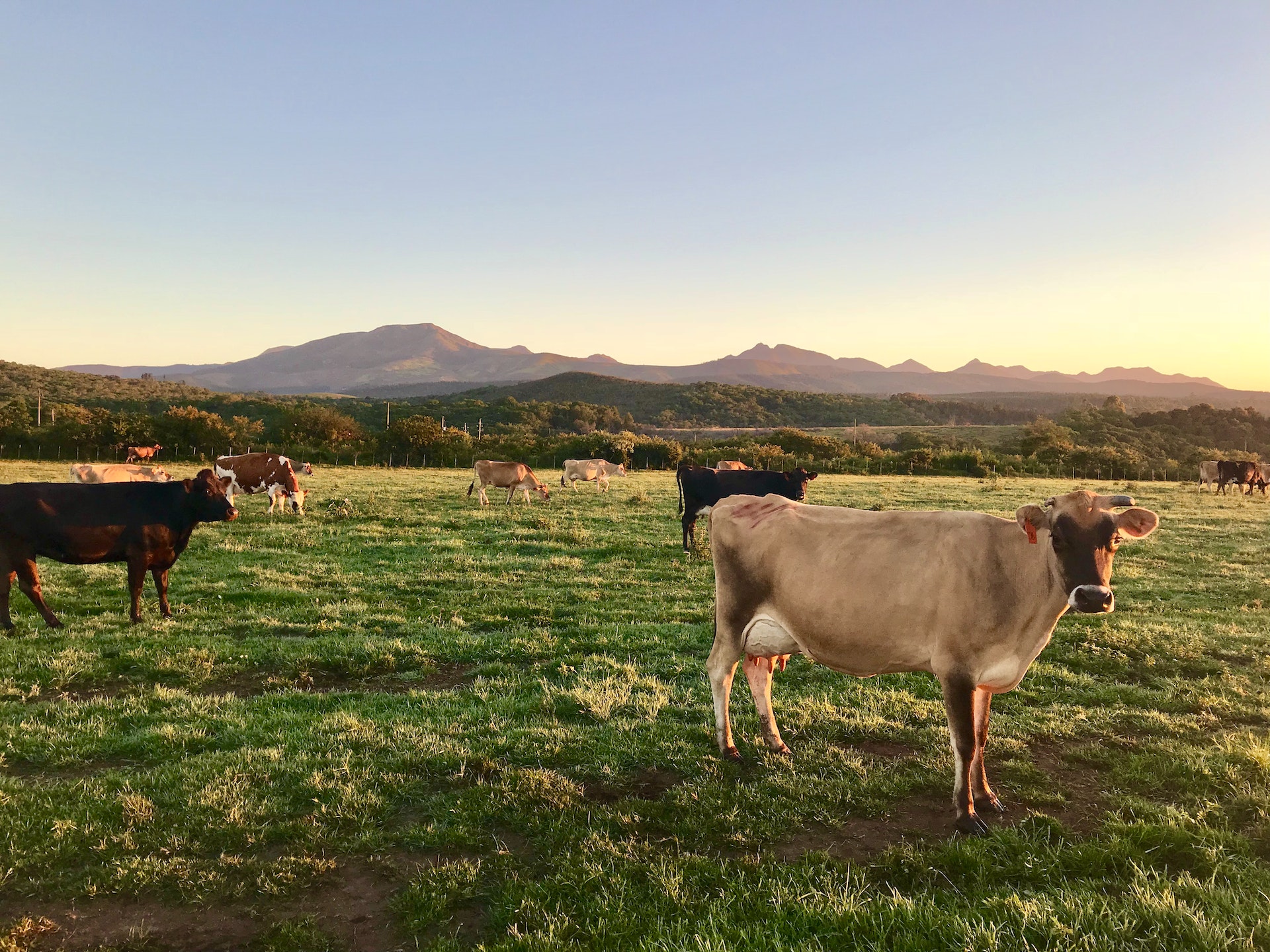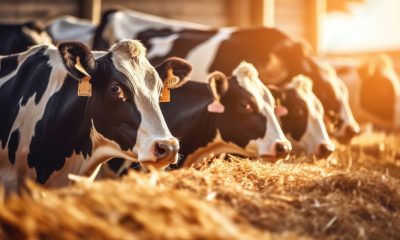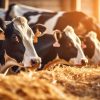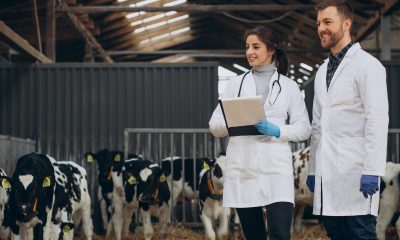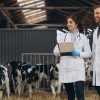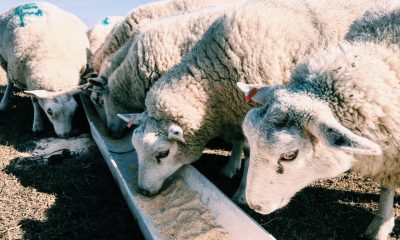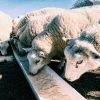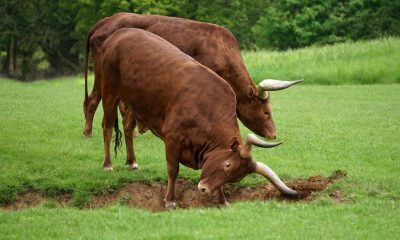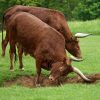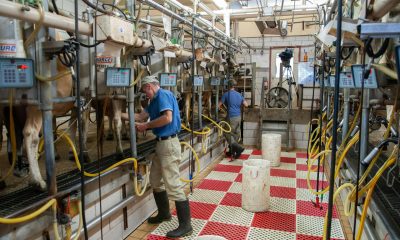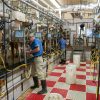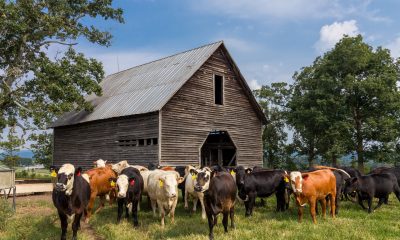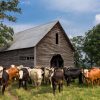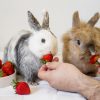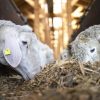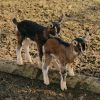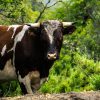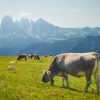A grazing system, when effectively implemented, may assist farmland and cattle farms in achieving management goals linked to the production of farmland and animals as well as the structure and function of the ecosystem. Understanding the particular terrain, soils, vegetation types, and climate that overlap the management unit is essential to choosing the right grazing strategy. No grazing method is superior to any other, but each strategy is suitable for a particular set of circumstances. A specific method of controlling the interactions between plants, soils, and grazing animals is known as a grazing system. You already have some sort of grazing system if you graze animals. The cattle industry has recently adopted a number of grazing techniques on grazing lands. Rotational grazing is one of the grazing management techniques. In order to produce grass-based products effectively, a rotating grazing system is required. There is a lot of potential for new farms to take advantage of its perks. Let’s have a look at some of the key benefits of the rotational grazing method in the article below.
How does it function?
The fundamental idea of rotational grazing is “graze and rest,” therefore, when a paddock has been grazed, it is let to rest so that the leaves will be renewed for the following grazing. It additionally results in a larger output since, according to studies, a rotational grazing method allows for the growth of 20% more grass. This leads to more grass being utilized when coupled with the proper distribution of grass to the stock class. The producer’s objectives and available resources will determine the kind of grazing system that is most appropriate for a particular farm. A producer has a higher chance to employ animals to control weeds, grasses, and legumes when they adopt rotational grazing.
Let’s take a glance at some of the most important goals of rotational grazing.
- Control over grass production is becoming more centralized.
- Improved grass quality
- Greater animal performance
- Prolonged time of grazing
Grazing enables plants to grow into deeper roots. By absorbing carbon from the atmosphere, the roots increase soil biomass and nourish the soil. Soil erosion is reduced when you manage your pasture. An issue with compaction can be triggered by the level of grazing. However, management methods such as locating alternate water sources and using rotational systems to minimize overgrazing can help to reduce soil erosion. The rotational grazing method has a myriad of advantages, some of which are listed below.
Drought Management
Drought conditions continue to worsen. As a result, water becomes an issue for cattle farmers. In order to address drought and climate change, rotational grazing provides for more cost-effective and efficient irrigation control. Overgrazing leaves little time for grasses to recover, resulting in a greater need for water.
Land Erosion Prevention
Rotational grazing improves livestock management, resulting in reduced erosion of the soil. Depending on the plan, cattle and animals are rotated to various grazing pastures on a regular basis, whichever is easiest to maintain. This rotation enables certain plant species to grow and develop more quickly. Plants with longer rest periods can develop their roots more effectively. The greater the size of the origins, the more organic material is released into the soil, resulting in strengthened soil health.
Boost Soil Biomass
A well-maintained grazing system will boost fodder yield by 30-70%. The soil is meticulously maintained with cattle grazing the succulent vegetation on a regular basis. The producer has more control over the amount and time of feed and biomass grazed by the cattle.
Prevents overgrazing
Overgrazing happens when a grazed plant is grazed again before it has had a chance to recover and replace its root supplies. If regrazing is not stopped, the plant will take nutrients from its own roots and ultimately fade away. Regrazing will be avoided with short grazing times when using a rotational grazing system.
Good forage increases grazing efficiency
The ideal fodder height for grazing is between six and nine inches. A cow may consume up to 3% of its own body weight in dry stuff per day in these circumstances. An ideal weight increase per acre is achieved by combining abundant, nutrient-rich forages with the least amount of energy spent grazing.
Cattle require supplemental mineral feed regardless of the system. We are required to employ protein supplements as well to maintain cows in top shape and provide their growing calves with the resources they need to grow into high-performing cattle, which will help the herd as a whole. As the season progresses into the hot summer months, when pasture renewal slows down, more space is needed per animal. Cattle can be moved to another paddock to do this, and following the initial cutting of hay, hayfields are frequently cycled into grazing rotation. Maintaining a balance between the production and consumption of fodder throughout the year is essential for a grazing system to be successful.
